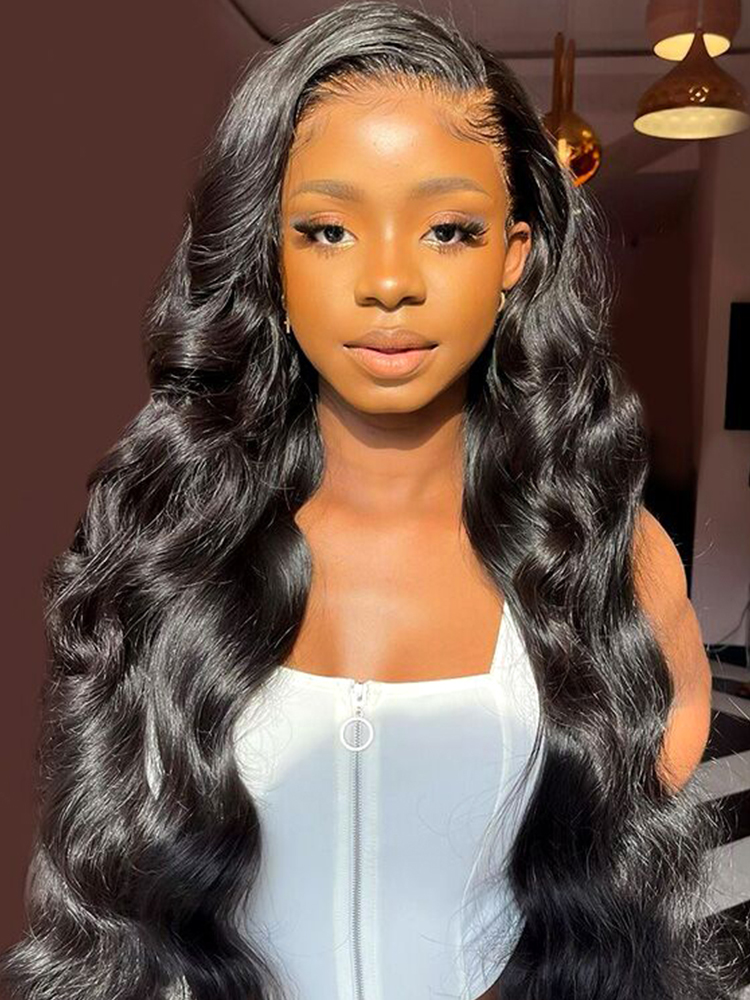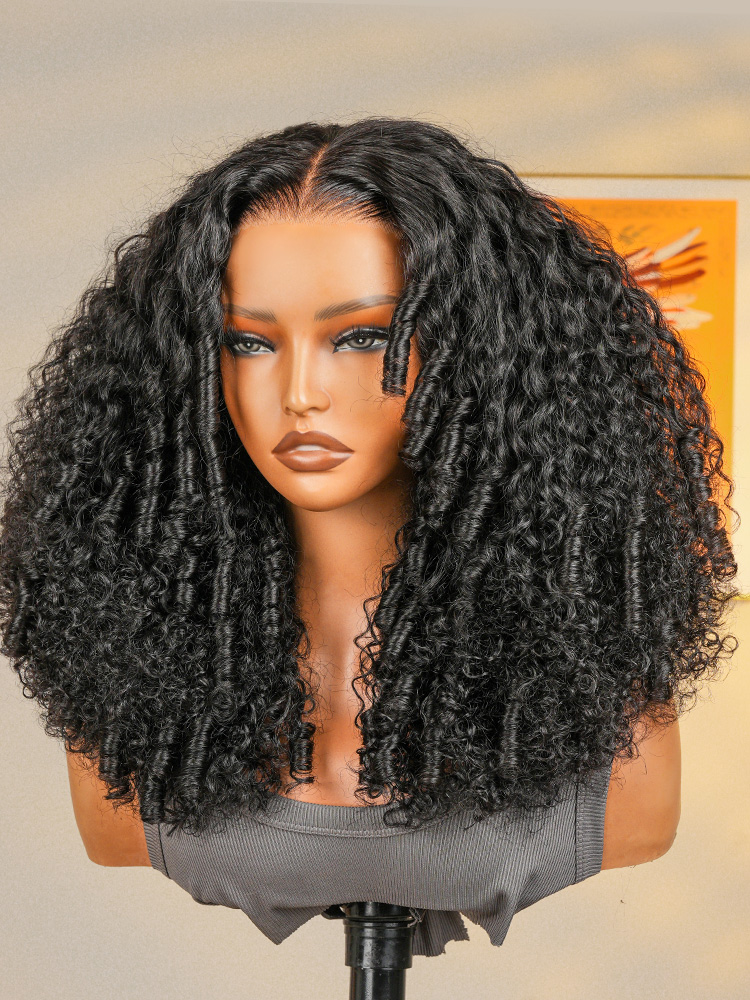Sep 30, 2025 6:28:00 PM
Ultimate Choice for Natural Beauty: Human Hair for Hair Extensions
In recent years, with the prevalence of aesthetic trends such as "head over face" and "high skull top", hair extensions have gradually become a popular choice for the public to enhance their appearance. According to industry data, human hair extensions account for over 60% of the wig market share due to their naturalness and durability. Compared with synthetic hair, human hair offers the natural luster and feel of real hair and retains its elasticity even after dyeing or perming. If you care for it properly, its service life is longer, so its cost-effectiveness is higher. However, there are still many blind spots in the public's understanding of human hair for hair extensions: Is its source safe? What are the differences among the different types? How to maintain human hair extensions? Let’s explore together.
What are the sources and advantages of human hair for extensions?
It originates from healthy human hair and is used for hair extensions after screening, disinfection, and processing. It retains the complete scale structure, so it can present a smooth texture and healthy luster. It has a wide range of materials, covering multiple regions such as Asia, Europe, and India. Hair in different regions presents different characteristics. Asian hair is characterized by coarse hardness and strong toughness; European hair is soft and lightweight; Indian hair naturally has a high degree of curls.
Legitimate sources of human hair often come from voluntary donations or purchases, which require identity registration and health quarantine. Illegal sources of "cut hair" and "stolen hair" not only infringe on rights, but may also carry bacteria due to improper disinfection. Consumers can distinguish authenticity by checking merchant qualifications, such as international fair trade certification.
Human hair has the following advantages: the natural arrangement of hair scales in human hair can present a natural and gentle luster under natural light, and present a gradient color consistent with natural hair. Human hair for extensions can withstand high temperatures above 180℃, and is not easily dried up or broken after repeated dyeing. Its service life can reach 6 to 12 months.
Classification and characteristics of human hair for hair extensions
According to hair quality, it can be divided into Asian hair, European hair, and Indian hair. Asian hair with a diameter of over 80 microns has strong toughness and high glossiness, suitable for hairstyles like long straight hair or large wavy curls, especially suitable for black hair base color. European hair with a diameter below 70 microns is lightweight and soft, with fewer curls, making it more suitable for those who pursue an "air-like" look. Indian hair, on the other hand, has a prominent natural curl and thick hair scales, so it can maintain long-lasting curls after processing, making it an ideal material for wool roll-shaped wigs.
According to the processing method, untreated primary hair retains intact hair scales and has not undergone processing procedures such as bleaching, dyeing, or chemical softening, so its texture is closest to our hair, but its color is mostly natural black or dark brown. Chemical treatment can adjust its color and hardness through bleaching, dyeing, and softening, but excessive treatment may damage the hair and reduce its durability.
Selection and maintenance of human hair extensions
There are three key points when choosing real hair. The first is to distinguish between genuine and fake hair. You can burn a small amount of hair, and if there is a burnt hair smell and the ash is in powder form, it is human hair. Synthetic hair will melt and emit a plastic smell, and the ash will clump together.
The second is to observe whether human hair for hair extensions is healthy. High-quality human hair has intact hair scales and a smooth texture. Under natural light, it has no obvious branching with a uniform luster. The third is to choose hair extensions that match your hair texture to avoid the "layering feeling" caused by differences in hair texture.
Appropriate maintenance methods can effectively maintain its state and extend its service life. When you are washing your hair, please use silicone-free shampoo and avoid rubbing the roots vigorously to prevent detachment. After washing, you should gently press and absorb the moisture with a towel. To avoid knotting due to friction, you can weave your hair into loose Fried Dough Twists braids before sleeping.
Conclusion
In conclusion, human hair for hair extensions is legal when purchased or donated through proper channels. When buying hair extensions, be sure to verify—using the methods we discussed above—whether they are made from human hair, as this directly relates to your health. If you prefer not to spend too much time on verification, consider choosing products from WESTKISS, a brand specializing in high-end human wigs and extensions made from healthy, shiny human hair, with comprehensive after-sales support.
 HD Lace Wigs
HD Lace Wigs









